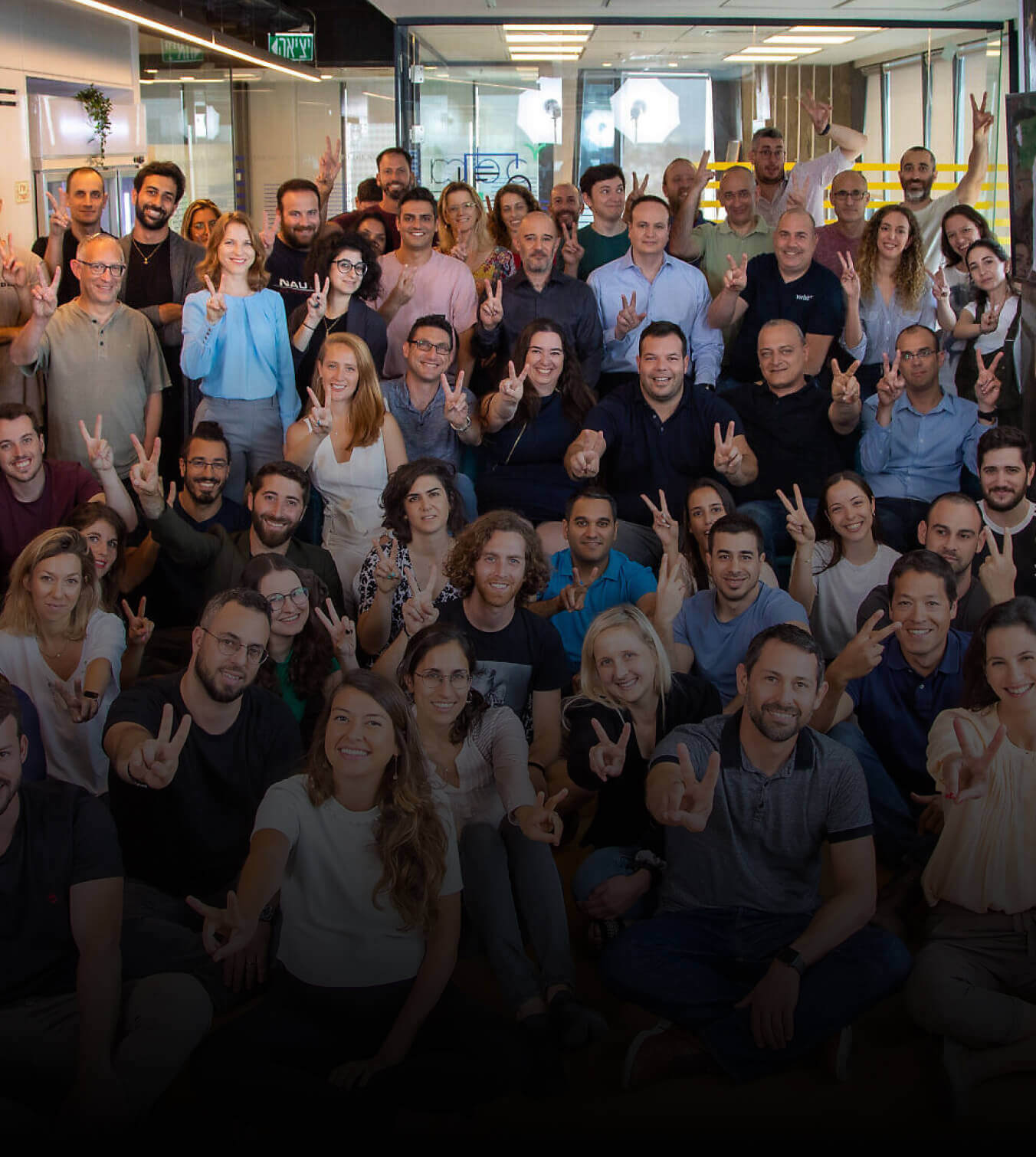AI is transforming the way we conduct businesses and is continuously changing the overall spectrums in the vertical market. If you are looking to hire an agency, have a look at the top AI application development companies in San Francisco.

Artificial intelligence is already on everyone’s lips, but few people know what it is. How does it work? How far can it go? What are its limitations? We will try to answer these questions.
It is the most important technology revolution since computer science was invented. The artificial intelligence will change everything (and is doing), but I do not have clear when or how or why. It is the great paradox of AI. Everyone talks about her, but few know how it works, or what it really does. In this article we will try to explain what it is in a clear and simple way, to understand the basics and discover its possibilities.
The ability for machines to think and reason on their own may be the most important advancement of technology in recent centuries, but it also represents a real danger to Humanity. Because computers nowadays control nuclear power plants, electricity supply, armed missiles. What if one day an artificial intelligence decides that humans are not necessary? It seems like a bad science fiction movie, but it’s a fear that some of the brightest minds of our time share, from Bill Gates or Elon Musk to the long-awaited Stephen Hawking.
What is artificial intelligence?
There is no definition accepted by all experts of what artificial intelligence means. First, because it is a new, changing and experimental science. And second, because we can’t even define exactly what human intelligence is…
In its simplest form, AI is the attempt to mimic human intelligence using a robot, or software. But it is a very vague concept, because there are many ramifications. Stuart Russell and Peter Norvig differentiated four types, in 2009: systems that think like humans, such as artificial neural networks. Systems that act like humans, like robots. Systems that use rational logic, such as expert systems, and systems that act rationally, such as intelligent agents.
Although it is a concept that has become fashionable in recent years, artificial intelligence is not something new. 2,300 years ago Aristotle was already trying to turn the mechanics of human thought into rules, and since the time of Leonardo Da Vinci the wise have tried to build machines that behave like humans.
In 1769 an automaton called The Turk, built by the Austrian engineer Wolfgang von Kempelen, visited all the European courts challenging chess to anyone who dared to play against him. He played against Napoleon, against Benjamin Franklin, against chess masters, and beat them.
Years later it was discovered that El Turco was run by a human who was hiding inside the game table. Mirrors located in the automaton’s eyes allowed him to see the board, and thanks to some ingenious clockwork mechanisms he could control the automaton’s hand to move the pieces across the board. Up to 15 chess masters drove El Turco, the most famous being a dwarf named Tibor Scardanelli, who fit smoothly inside the table and was also an extraordinary chess player.
The Turk was not artificial intelligence, but it shows us how the desire to build intelligent machines is not a concept of our time.
We had to wait until 1936 for the process of modern artificial intelligence to begin. Basically it was invented by Alan Turing, the mathematical expert who deciphered the Nazi secret codes of the mythical Enigma machine. The end of the Second World War advanced two years, as the allies were able to read the secret messages of the Germans. His life has recently been taken to the movies.
Different types of widely used AIs
There are dozens of ways to apply this theory, depending on the type of AI or the tasks that are intended to be undertaken. Its complexity is beyond the intent of this article, so let’s focus on briefly explaining everyday concepts of AI that are increasingly heard in the technological news.
Expert system
It is an AI that tries to emulate a human expert in a certain subject. From a technical service worker to a receptionist, a movie buff or an economist.
Machine Learning
The machine learning or machine learning (Machine Learning) fits perfectly with the theoretical explanation we have given. It is the ability of an AI, a software or a robot to learn on its own.
Machine learning follows the classic steps of AI: first there is an apprenticeship, a training that generates an experience, and an implementation that tells us whether or not the task is accomplished successfully.
Normally this machine learning is usually of two types: supervised or unsupervised. In the first case there is a human who tells him what he does right or wrong. In the unsupervised, it is the AI itself that has to learn to discover what it does well and what it does badly, based on rules.
It is used in virtual assistants, disease diagnosis, fraud detection, video games, stock market analysis, etc.
Also Read
AI and other Technologies Reshaping the Food Industry
Top AI Development Companies in New York
Top AI Development Company in Seattle, USA
The Benefits of Fintech for your Company


Recent Articles
Zazz.io Recognized as a Top Mobile...
When it comes to mobile app development and digital transformation...
Impact Of Google Bard on Mobile...
Artificial Intelligence has caused an irreplaceable disruption in almost every...
Cost of Building a Real Estate...
100 million+ homes listed in some of the most preferred...










